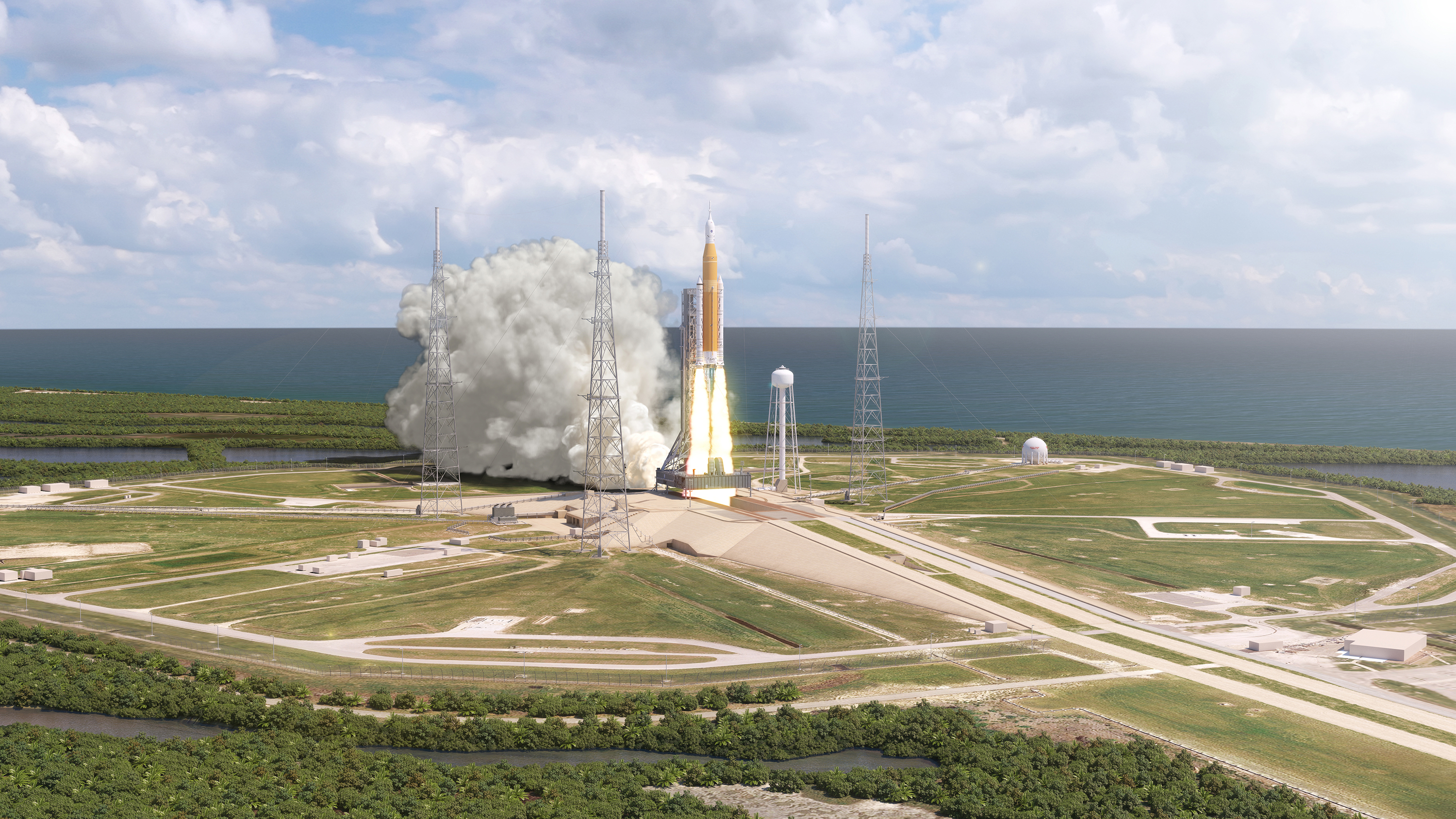NASA engineers are using 3D printing to help insulate vulnerable parts of its new deep space rocket that will take astronauts to the moon in 2024.
Together with engineers from Boeing, they are developing a more efficient way to apply its thermal protection system on to the new rocket, referred to as the Space Launch System (SLS).
Insulating a deep space rocket
The standard procedure when insulating the SLS is to use a robotic system to spray insulating foam on both large and small components, this will protect the rocket from heat during launch and keep the propellant within the large tanks cold. However, small hardware or cramped areas like the internal ducts of the engine section require technicians to either manually spray the foam on or apply a foam casting.

To remedy the issue, NASA and Boeing designed, tested and 3D printed a precise mold that corresponds to the space around a given assembly, into which a foam mixture is poured. This foam then takes the shape of the mold and can then be inserted into difficult to reach crevasses. This decreases overall processing time by reducing the need for complex and tedious post-process trimming.
Over the course of development the engineers managed to refine the process – from 3D printing to pour application – reducing the amount of time required to approve individual 3D printed molds. This allowed the team to spend more time focusing on applying the foam correctly and making sure it’s able to withstand deep space.
A big step for 3D printing
Boeing is the prime contractor for NASA’s SLS that, in combination with Orion (the capsule carrying the astronauts) will put a human on the moon for the first time since 1972.
“Our backbone for deep space exploration is SLS and Orion, which will launch from NASA’s Kennedy Space Center in Florida to the Gateway in lunar orbit,” said NASA, “From there, astronauts will ultimately use a proposed human lunar landing system for missions to the surface of the Moon.”

NASA has been a keen adopter of 3D printing and advanced composite technologies. Most recently it awarded a $5.2 million contract to The National Center for Additive Manufacturing Excellence (NCAME) at Auburn University, who will apply its expertise to help improve the performance of liquid rocket engines. NASA has also developed and 3D printed a new copper-based alloy for use in rocket propulsion components, and even plan to bring 3D printed constructions to Mars.
You can now cast your vote for the third annual 3D Printing Industry Awards. Help decide this year’s winners now.
Subscribe to the 3D Printing Industry newsletter for the latest news in additive manufacturing. You can also keep connected by following us on Twitter and liking us on Facebook. Looking for a career in additive manufacturing? Visit 3D Printing Jobs for a selection of roles in the industry.
Featured image shows NASA engineers inspecting foam 3D parts. Image via NASA.



